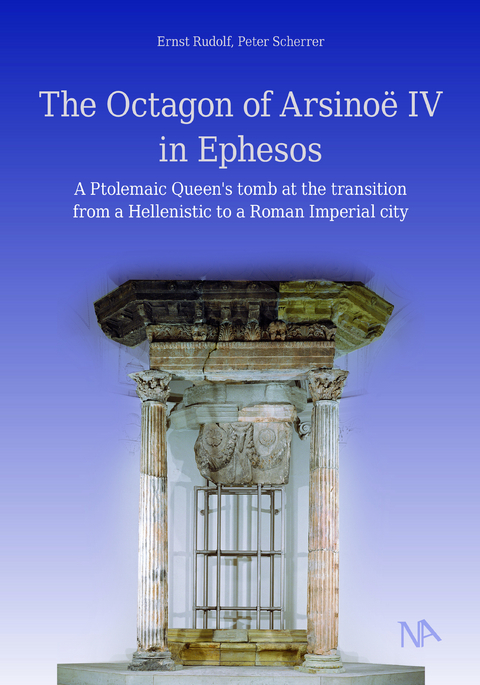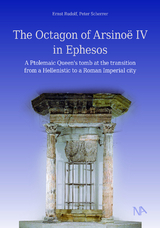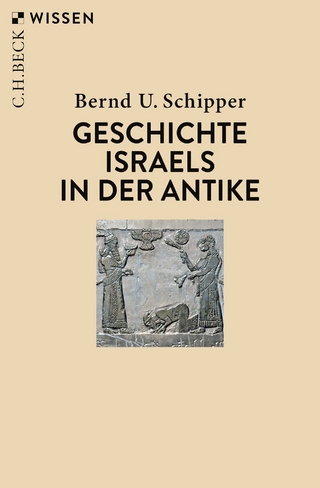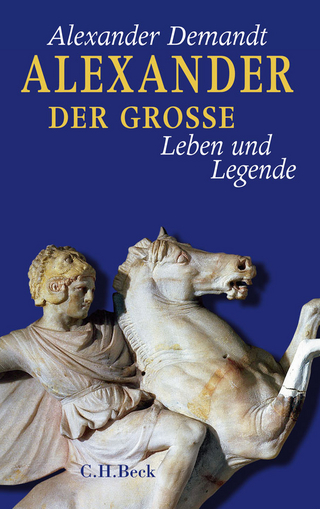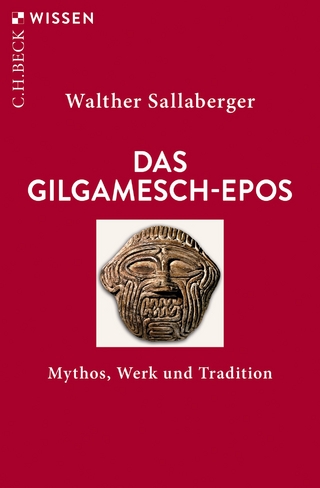The Octagon of Arsinoë IV in Ephesos
A Ptolemaic Queen's tomb at the transition from a Hellenistic to a Roman Imperial city
Seiten
2024
Nünnerich-Asmus (Verlag)
978-3-96176-250-7 (ISBN)
Nünnerich-Asmus (Verlag)
978-3-96176-250-7 (ISBN)
Folgt man antiken Quellen, dann veranlasste Kleopatra ihren Geliebten Marcus Antonius im Jahr 41 v. Chr., ihre jüngere Schwester und Thronkonkurrentin Arsinoë IV. zu ermorden, obwohl diese unter göttlichem Schutz im Bezirk des Ephesischen Artemistempels lebte. Arsinoë IV., vermutlich in Ephesos geboren und deshalb nach ihrer für Ephesos bedeutsamen Vorfahrin Arsinoë II. benannt, spielte eine gewichtige Rolle während der dynastischen Auseinandersetzungen des zu Ende gehenden Ptolemäischen Reiches, das fast drei Jahrhunderte lang die Ufer des Nils beherrscht hatte.
Im Mittelpunkt der Untersuchungen der beiden Autoren steht ein späthellenistisches Mausoleum im Zentrum von Ephesos mit einem für diese Zeit ungewöhnlichen achteckigen Grundriss. Schließlich begeben sich die Autoren auf eine letztlich erfolgreiche Suche nach dem jahrzehntelang als verloren geltenden Schädel aus dem Grabmal, welche sich zu einer spannenden Reise durch die Österreichische Archäologiegeschichte des 20. Jahrhunderts entwickelt.
The Greco-Roman metropolis of Ephesos served as the scenery for many historical episodes. Numerous welldocumented personalities walked the city's streets, including C. Julius Caesar, Marcus Antonius, and Arsinoë IV of Alexandria, who was a descendant of the Ptolemaic royal family that ruled the shores of the Nile for nearly three centuries. Arsinoë IV played a signi_ cant role during the decline of the Lagid dynasty and the concluding Roman Civil Wars. She acted as both an actual and potential rival Queen to her elder sister Kleopatra and was one of the trophies during Caesar's Alexandrian Triumph in Rome. While still in her youth, she sought refuge from Kleopatra in the Artemisian Temple sanctuary near Ephesos, where she was assassinated in 41 BC.Assuming that the sacrilegious death of a Ptolemaic Queen in Ephesos should have found an architectural echo, the burial site of Arsinoë IV has long been suspected in the so-called Octagon. This temple tomb, dating from the late Hellenistic period and being one of the oldest polygonal monuments, is situated along an important procession route in the heart of the city, known as Curetes Street.However, the connection of the grave to Arsinoë IV remained a subject of ongoing dispute. In light of this, the authors revisited ancient sources related to Arsinoë IV and conducted extensive research on the Octagon and its construction site. As a result, it is highly likely that the mausoleum indeed represents the only available Ptolemaic sepulchre containing, therefore, the skeletal remains of a Macedonian-Egyptian Queen. Since previous attempts to extract royal DNA of this sort from the postcranial skeleton have failed, the authors finally embarked on an ultimately successful quest to locate the skull of the Octagon, which has been considered lost for decades.
Im Mittelpunkt der Untersuchungen der beiden Autoren steht ein späthellenistisches Mausoleum im Zentrum von Ephesos mit einem für diese Zeit ungewöhnlichen achteckigen Grundriss. Schließlich begeben sich die Autoren auf eine letztlich erfolgreiche Suche nach dem jahrzehntelang als verloren geltenden Schädel aus dem Grabmal, welche sich zu einer spannenden Reise durch die Österreichische Archäologiegeschichte des 20. Jahrhunderts entwickelt.
The Greco-Roman metropolis of Ephesos served as the scenery for many historical episodes. Numerous welldocumented personalities walked the city's streets, including C. Julius Caesar, Marcus Antonius, and Arsinoë IV of Alexandria, who was a descendant of the Ptolemaic royal family that ruled the shores of the Nile for nearly three centuries. Arsinoë IV played a signi_ cant role during the decline of the Lagid dynasty and the concluding Roman Civil Wars. She acted as both an actual and potential rival Queen to her elder sister Kleopatra and was one of the trophies during Caesar's Alexandrian Triumph in Rome. While still in her youth, she sought refuge from Kleopatra in the Artemisian Temple sanctuary near Ephesos, where she was assassinated in 41 BC.Assuming that the sacrilegious death of a Ptolemaic Queen in Ephesos should have found an architectural echo, the burial site of Arsinoë IV has long been suspected in the so-called Octagon. This temple tomb, dating from the late Hellenistic period and being one of the oldest polygonal monuments, is situated along an important procession route in the heart of the city, known as Curetes Street.However, the connection of the grave to Arsinoë IV remained a subject of ongoing dispute. In light of this, the authors revisited ancient sources related to Arsinoë IV and conducted extensive research on the Octagon and its construction site. As a result, it is highly likely that the mausoleum indeed represents the only available Ptolemaic sepulchre containing, therefore, the skeletal remains of a Macedonian-Egyptian Queen. Since previous attempts to extract royal DNA of this sort from the postcranial skeleton have failed, the authors finally embarked on an ultimately successful quest to locate the skull of the Octagon, which has been considered lost for decades.
Dr. med. et phil. (Klassische Archäologie) Ernst Rudolf, geb. 1957, ist medizinischer Sachverständiger in Zivil- und Strafrechtsverfahren.
Univ.-Prof. Dr. Peter Scherrer, geb. 1958, von 1997–2004 stellvertretender Grabungsleiter in Ephesos, 2005 Habilitation in Salzburg, 2008–2021 Vorstand des Instituts für Archäologie der Universität Graz und 2011–2019 Vizerektor für Forschung dieser Universität.
| Erscheinungsdatum | 15.01.2024 |
|---|---|
| Zusatzinfo | und 9 Tabellen |
| Verlagsort | Oppenheim am Rhein |
| Sprache | englisch |
| Maße | 210 x 297 mm |
| Themenwelt | Sachbuch/Ratgeber ► Geschichte / Politik ► Vor- und Frühgeschichte / Antike |
| Geisteswissenschaften ► Archäologie | |
| Geisteswissenschaften ► Geschichte | |
| Schlagworte | Antike • Archäologie • Architektur • Ephesos • Kleopatra • Mord an Arsinoë IV. |
| ISBN-10 | 3-96176-250-3 / 3961762503 |
| ISBN-13 | 978-3-96176-250-7 / 9783961762507 |
| Zustand | Neuware |
| Haben Sie eine Frage zum Produkt? |
Mehr entdecken
aus dem Bereich
aus dem Bereich
